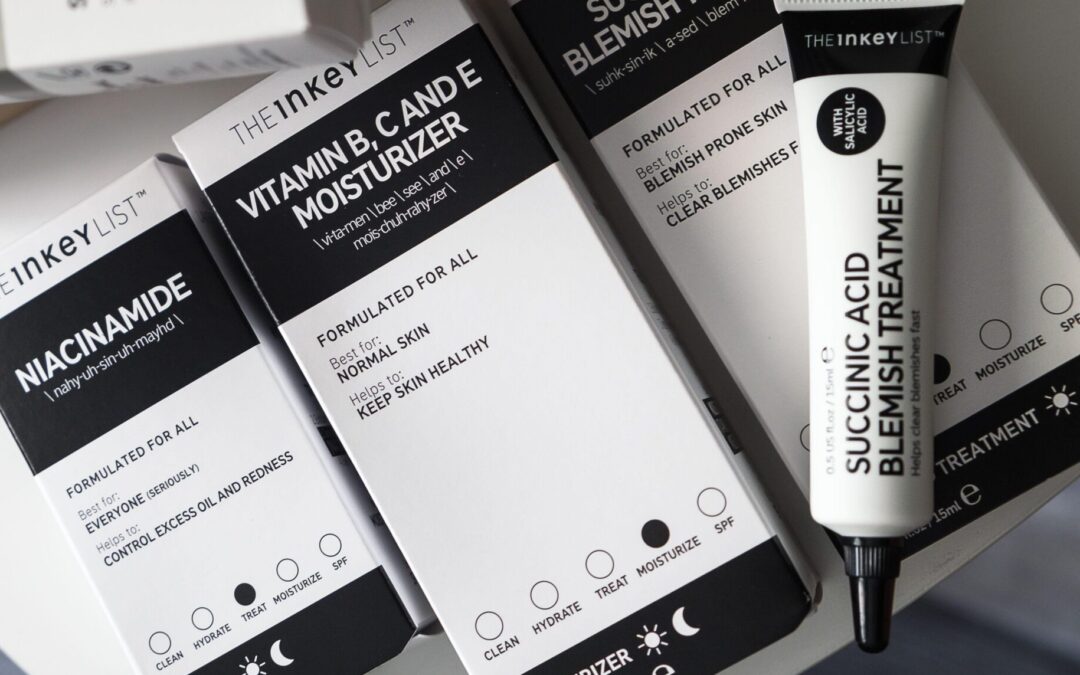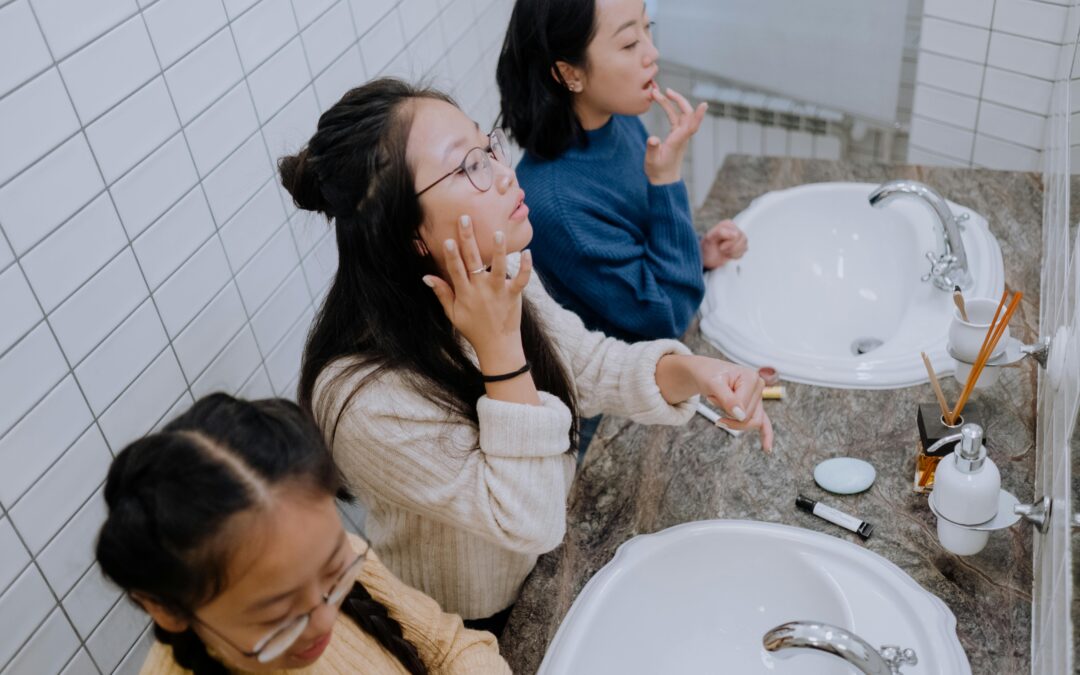Many of us will have found ourselves questioning whether it’s worth paying so much for the commercial skincare products we feel we rely upon – could it be worth making your own?
Prices of these products appear to always be on the rise, while content online offering scepticism towards the skincare industry as a whole appears to be becoming more and more widespread.
On platforms like YouTube and TikTok, some skincare users have questioned whether the skincare industry encourages over consumption, with concerns some skincare products lack strong scientific backing and necessity.
Some people have also pointed to the growing desire for perfect skin among young people and the impact social media has had on beauty standards and therefore the purchasing of skin products.
As a response to this, a new trend of minimalism is emerging whereby people are testing out the theory that actually more is less when it comes to caring for your skin. One way of doing this is by making your own, natural skincare products.
Not only can making your own skincare products work out cheaper than buying from traditional brands, but if done right, it could be healthier as well.
You also have control over the ingredients and don’t have to include additives or preservatives used in commercial products, which could be of particular benefit to people with allergies or issues with sensitive skin, but also a risk.
If you make your own home-made alternatives, you skip the need for packaging, marketing and branding that contribute to the cost of commercial skincare products.
It is better value for money to buy a lot of a certain ingredient that you’ll need to make a homemade skincare product that will last a long time, than having to regularly replace a small bottle of something like moisturiser or a cleanser.
There are downsides as well, without the preservatives or extensive testing of commercial products, home-made products are more likely to form bacterial growth, mold or cause skin infections.
For example, it is possible to make your own cleanser. Some people do this by mixing raw honey with water. Honey is believed to have natural antibacterial and hydrating properties and has been used in some DIY skincare routines.
Another way people have made their own cleansers is by mixing aloe vera, soothing the skin, with tea tree oil for its apparent antimicrobial properties. Some people with oily skin have reported benefits when using this combination, although individual reactions can of course vary based on skin type.
Homemade moisturiser has been made using whipped shea butter and carrier oils. Some people like to add essential oils for scent or other extra benefits.
READ MORE: Environmentally Friendly Skincare Products
Skinfluencers have created their own facemasks by using bentonite clay and apple cider vinegar. A turmeric mask can also be used for brightening.
A common DIY lip balm recipe combines Beeswax, coconut oil and a few drops of essential oil. This can create a large amount of lip balm, potentially for the same price as just one in a store.
It is important to make sure your homemade creations are suitable for your skin and to consider adding preservatives to them if it’s going to take you a long time to get through what you’ve made.
You should take care to store your home-made products and their ingredients in a suitable environment, not somewhere too hot or in an unsealed container.
You should also exercise caution, one of the downsides or risks of DIY products is them expiring, with water-based recipes particularly at risk of going off and could require preservatives if you want them to last more than a few days.
Be sure that all equipment you use is properly sanitised before you start and that you are aware of how long you can expect each product to last, before it would no longer be appropriate to use on your skin.
How much do you actually save? Well, the fact that once you have the supplies, future batches likely become cheaper to make than they were the first time is key to consider.
Therefore, it may be that to begin with it is more expensive than buying conventional products, but the initial costs can then swing in your favour over the medium to long term. One ingredient can also serve multiple purposes.
If you are sceptical about the skincare industry’s pricing, marketing practices or product ingredients, you enjoy experimenting with ingredients yourself and are looking to save money, it is possible to create essential products yourself.
For some people the initial effort and investment is worth it for them and for others it is not a feasible solution.
This article is not intended to be used as medical advice. You should do your own research into any home-made skincare product you make and do so at your own risk.
If you have trouble with your skin or suffer from skin conditions, it is common sense to be extra cautious before experimenting with your own skincare recipes which could damage your skin or general health.
Everyone has different skin, some mainstream products can make our skin worse, even if they are beneficial to others, so be careful.



